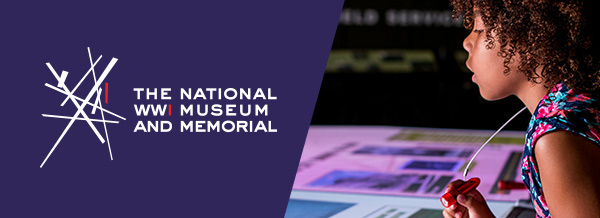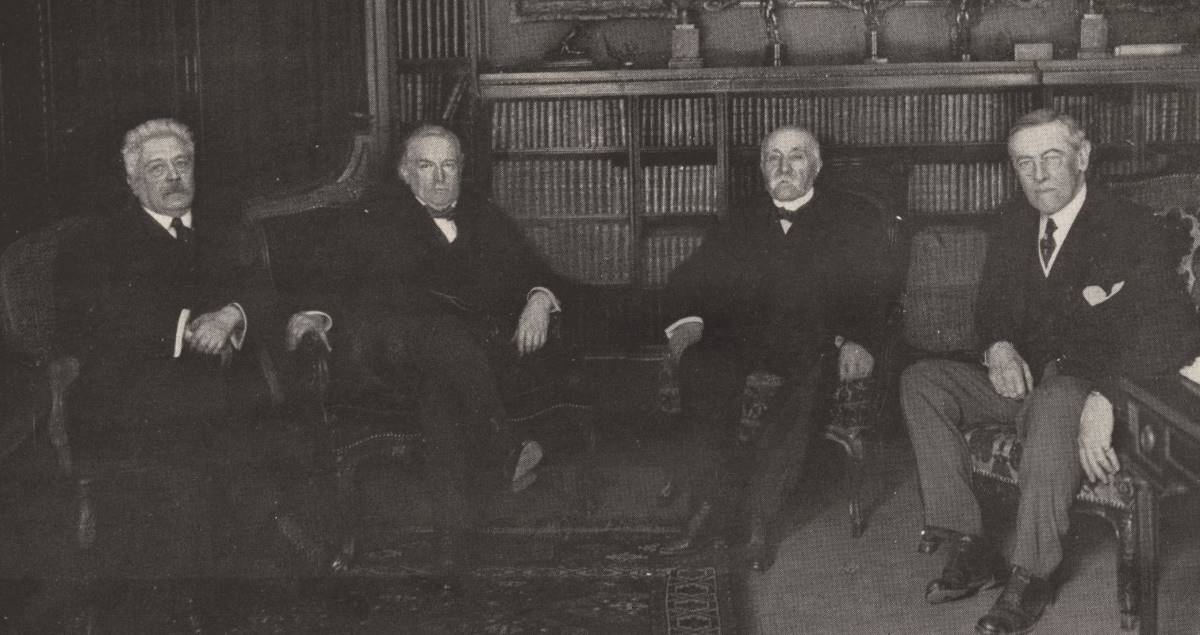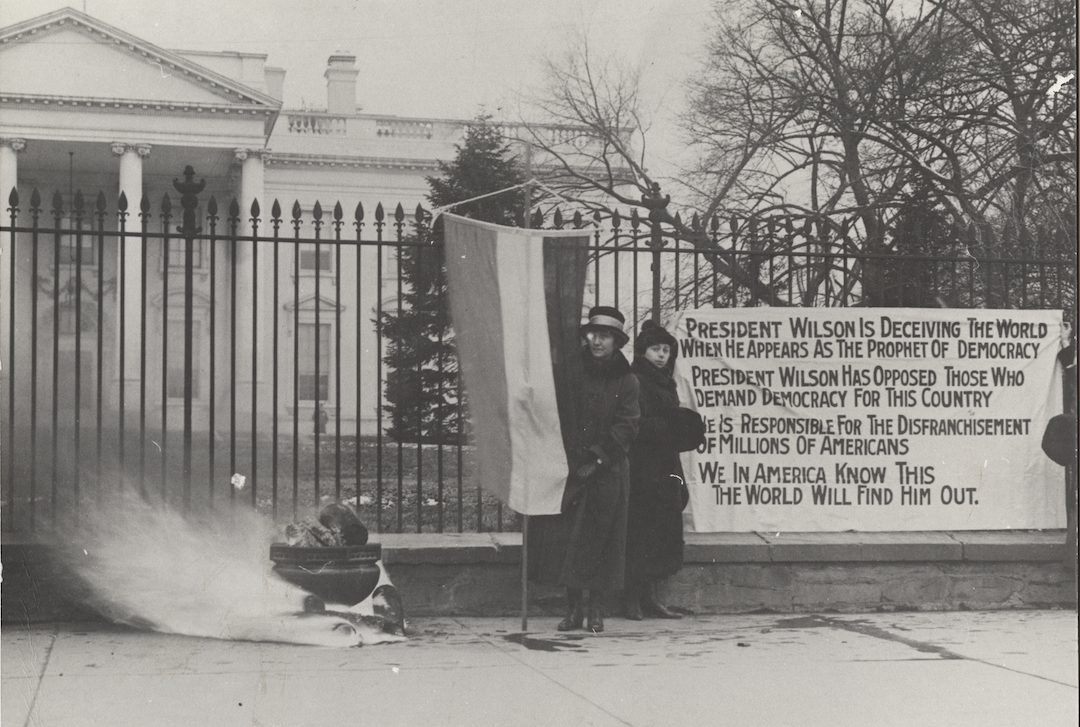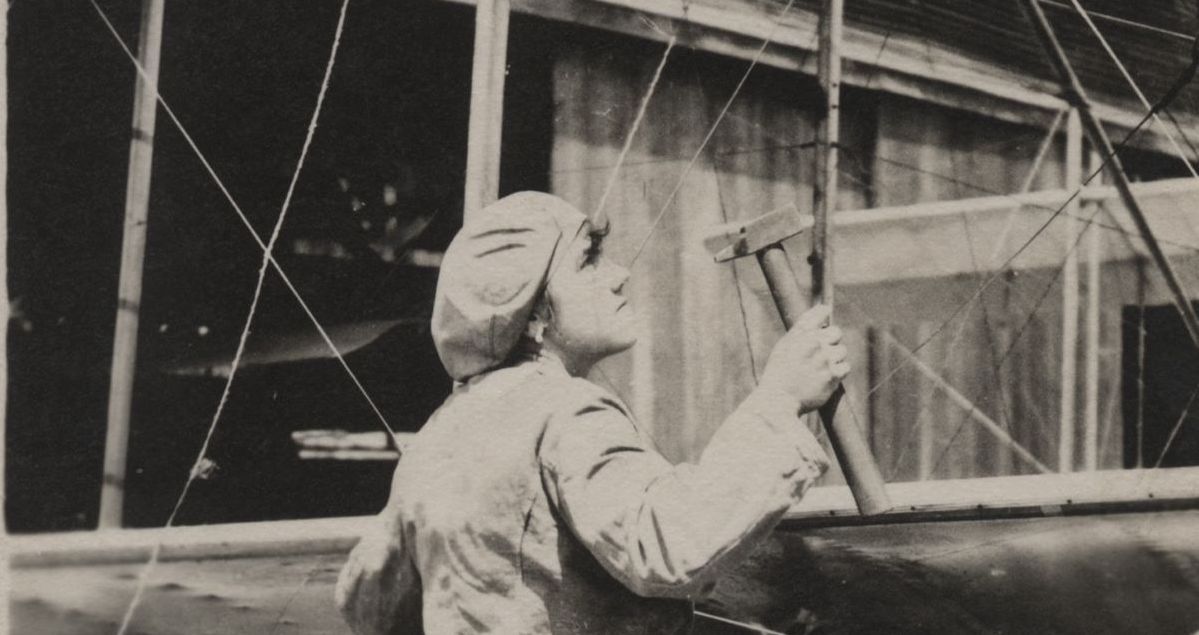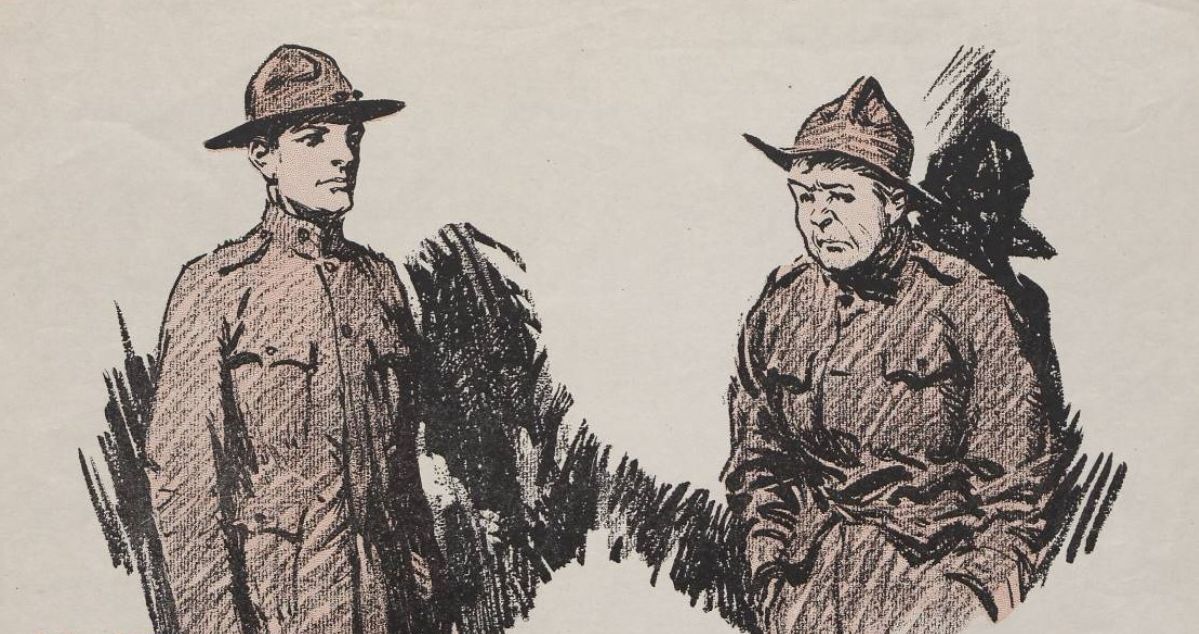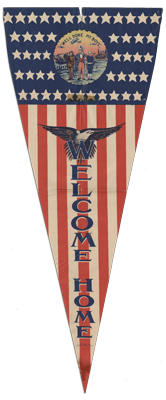Education News from the Museum and Memorial | View in browser
"We have made partners of the women in this war; shall we admit them only to a partnership of suffering and sacrifice and toil and not to a partnership of privilege and right?"
– President Woodrow Wilson, in a 1918 address to the U.S. Senate.
The United States World War One Centennial Commission and the National WWI Museum and Memorial are dedicated to educating the public about the causes, events and consequences of World War I and we encourage the use of these resources to better understand the Great War and its enduring impact on the global community.
Partners from around the world participate in the Educator Resource Database, some of whom are highlighted in this newsletter.

